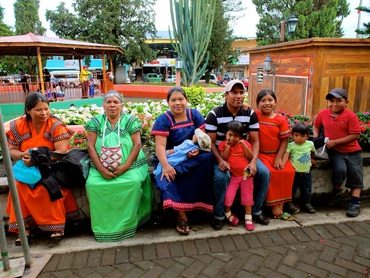 Traditionally dressed indigenous family in Boquete
Traditionally dressed indigenous family in Boquete Panama was an interesting and nice place from what we saw. We spent almost a month in the country including a stop in Boquete, a northern mountain town, Santa Catalina, a surfing town and hub to the Coiba Island National Park, and Panama City, the home of the infamous Pacific/Atlantic Panama canal. All in all it was a good time, but I do have to admit that something has changed in our travelling mindset at this point and I believe I that my view of Panama may be slightly influenced by travellers' fatigue/ travellers' blues (if there is such a thing). More on this later, but for now, here's PANAMA!
- Chelsea
Boquete
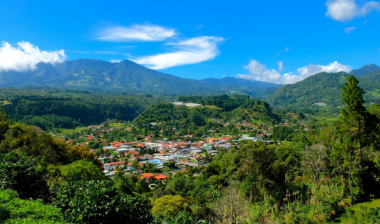 looking down at Boquete
looking down at Boquete 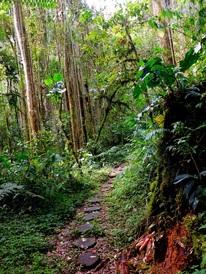 part of the Quetzal Trail
part of the Quetzal Trail 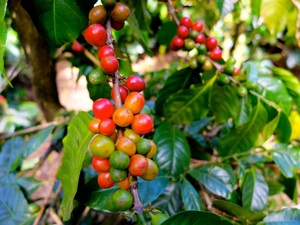 beautiful coffee berries (not beans?!)
beautiful coffee berries (not beans?!) Santa Catalina
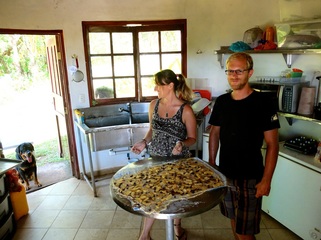 Apfelstrudel - the perfect xmas treat
Apfelstrudel - the perfect xmas treat  this tarantula lives beside our house?!
this tarantula lives beside our house?! 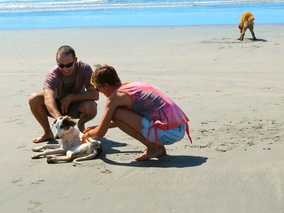 Karlien taking Shnoopy to the beach
Karlien taking Shnoopy to the beach 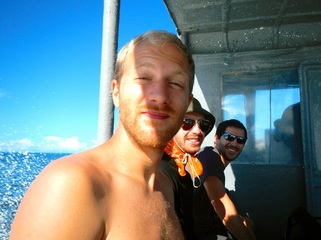 heading out to Coiba for some Scuba
heading out to Coiba for some Scuba Panama City
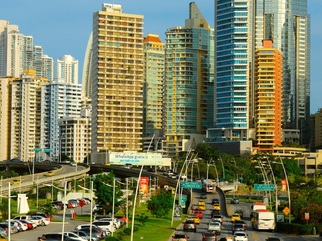 approaching downtown along Balboa Ave.
approaching downtown along Balboa Ave. 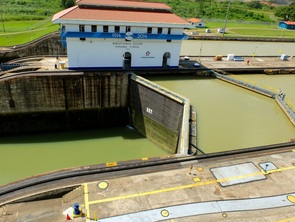 part of the Miraflores locks
part of the Miraflores locks  this one's for you, momette!
this one's for you, momette! Wish us luck!
Mandrew
P.S. For whatever reason, Chelsea's mom loves taking photos of herself with policemen on the street... one of her many quirks. I'm afraid it might be hereditary.
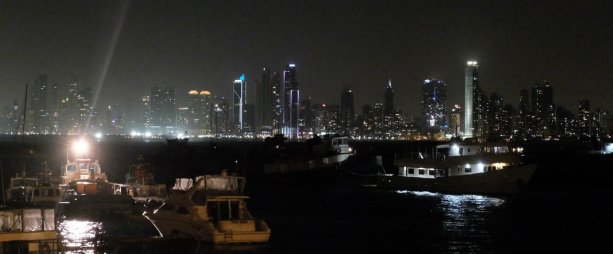
 RSS Feed
RSS Feed